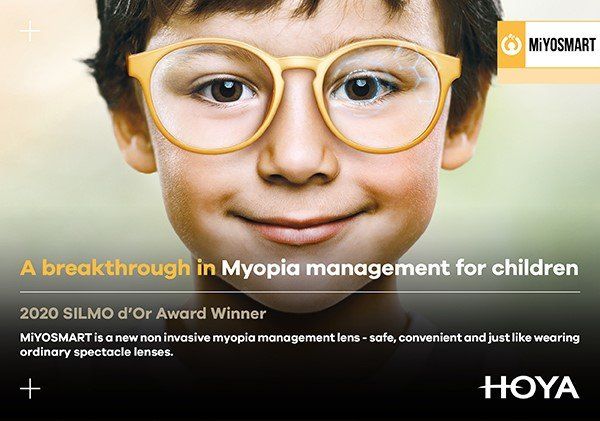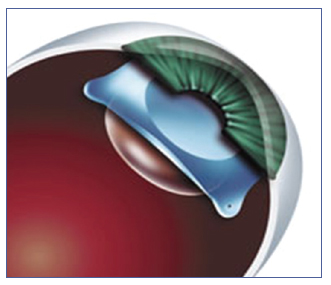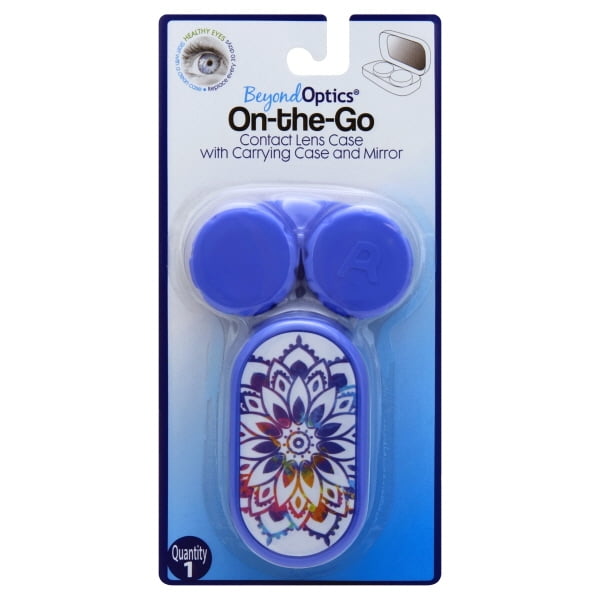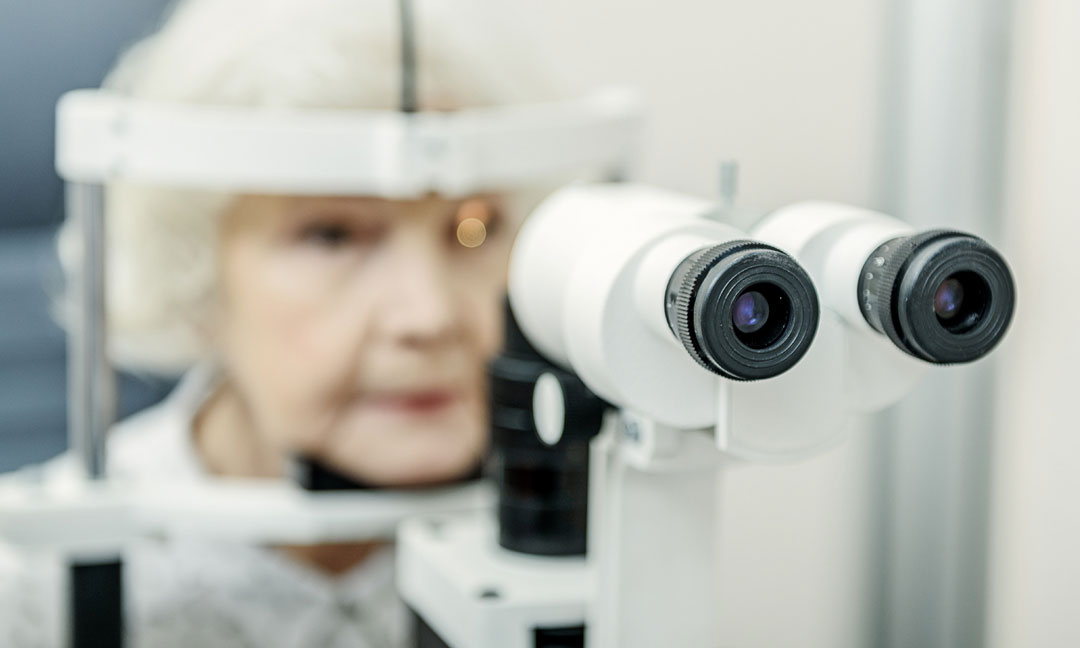

Any treatment is typically applied to minimize further loss of vision. Glaucoma results from increased pressure from excess fluid in the eye, harming the optic nerve, thus causing gradual blindness. It is a disease that can only be detected in its advanced stages, at which point the individual will have suffered great loss in vision. There is currently no complete cure for glaucoma, which is one of the leading causes of blindness in the world. Although “sun-lenses” would be practical, though, most research concerning contact lenses focuses on biomedical applications.

Successfully integrating UV protection into contact lenses could revolutionize the eye wear industry, since photochromic lenses could make the use of sunglasses obsolete.
#Clinical trial of beyond contact lenses driver
The quick transformation, which was accomplished in 10-20 seconds in the contact lenses and several minutes in glasses lenses, is crucial when the light environment suddenly changes – for example, when driving into a tunnel, the driver will need the lens to adjust in order to see clearly. When tested in 2009, the dye in the material of the contact lens responded to UV light rather quickly, faster than tinted glasses. More recently, the Institute for Bioengineering and Nanotechnology in Singapore began developing a contact lens that carries the same properties as tinted glasses (also called a photochromic lens). The application of ultraviolet protection to sunglasses and glasses is very common and has been used for many years. Since these lenses are still hard in material, they are somewhat uncomfortable to wear, but they are an improvement from the comfort of PMMAs. These modern rigid lenses allow oxygen to permeate to the cornea. Gas-permeable lenses (or RGPs) are also rigid lenses made of newer plastics such as silicone and fluoropolymers. These lenses are quite durable because of the rigid material of which they are made, but because they are uncomfortable, they are the least worn contacts today. Instead, as the user blinks, the lens shifts, making room for tears with oxygen to contact the cornea. Its material, polymethyl methacrylate (which gives the lens its name) does not allow oxygen to permeate to the cornea. First created in the 1960s, PMMA contact lenses are rigid (or hard).

Depending on the user’s condition, a specific type of lens can be chosen. They specifically aid to correct myopia (nearsightedness), hyperopia (farsightedness), astigmatism (distorted vision), and presbyopia (the need for bifocals).

Both are instruments of visual correction when worn by the user. If you are not one of the lucky people who possess 20/20 vision, you probably instead own a pair of glasses or contact lenses. The implementation of nanotechnology on an object about 125 million people use on a daily basis worldwide relies, of course, upon the generation of these innovative new ideas. But we are capable of reaching far past simply using contact lenses as sunglasses – we might yet cure blindness or fabricate augmented reality with the technologies applied to the contact lens. Contact lenses with an additional UV protective property, for instance, is one these developing advances. Our world is rapidly making leaping advancements in technology, constantly challenging the minds of innovators to not only generate new ideas, but also to create hybrids of past ideas. Now imagine that contact lens accommodating a radio, an LED display, and an antenna and control circuit as well as the simple ability to tint, acting as replacements for sunglasses. If you do not own contact lenses, you might still easily envision their size: if you were to hold a single contact lens, it would be barely bigger than the tip of your finger.


 0 kommentar(er)
0 kommentar(er)
